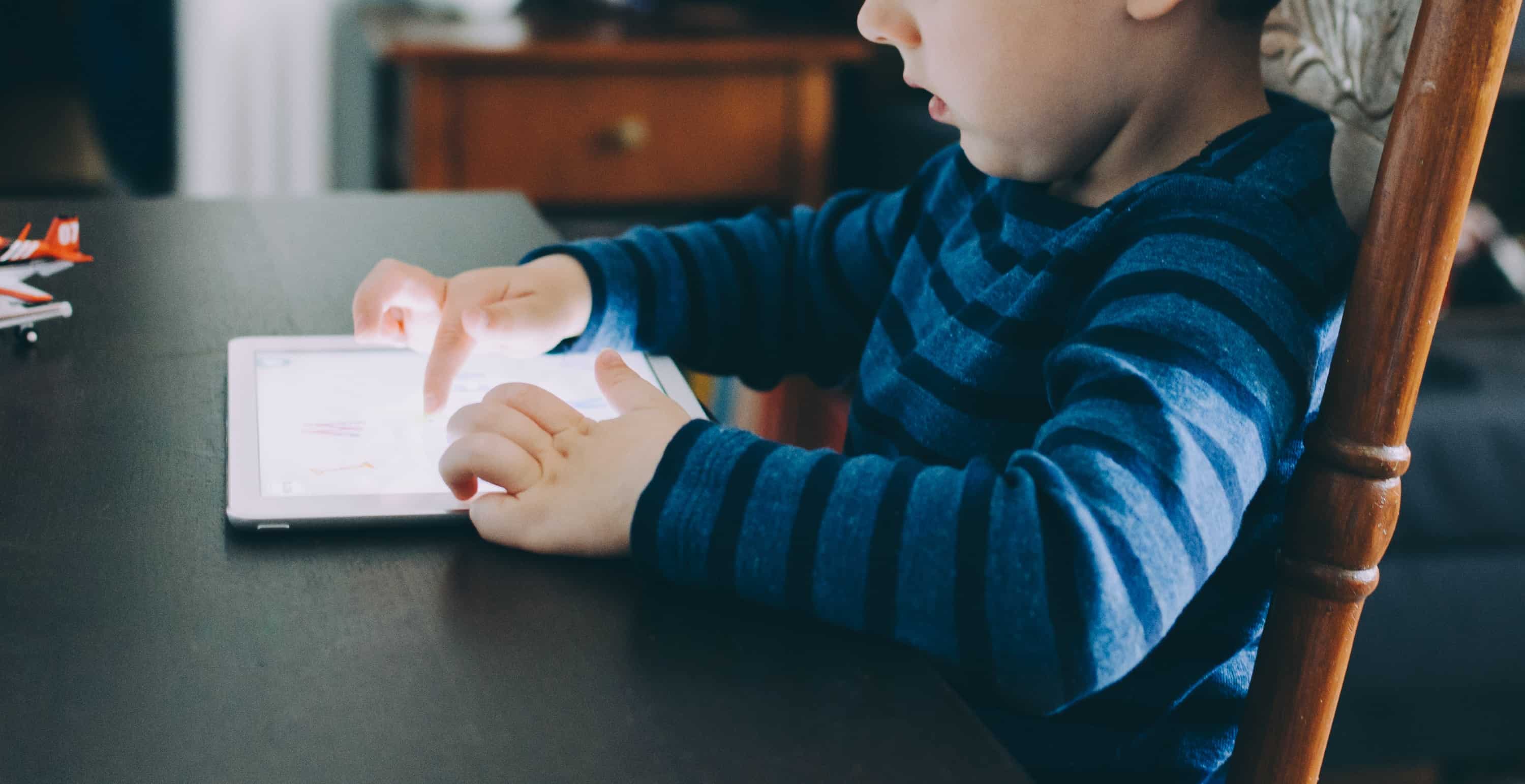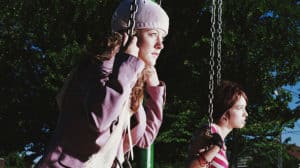One of the questions in the journal asked for a detailed description of the role of media and the amount each family member engaged in it that day. These descriptions allowed us to evaluate the role that media content and channels were playing within the family’s relationships and routines.
Organizing Disorder
Parents tended to use (or allow) media use as a way of structuring their hectic lives. We identified three ways that media provides this structure. First, it structures attention—media consumption keeps one or more family members focused on something.
Second, the use of media structured physical location—media can keep family members in a particular spot. (In both of these cases we identified that families attribute value to shared experiences and physical proximity).
Third, media consumption structured time. It keeps family members occupied for a set duration. All three of these roles can be beneficial to a parent who is trying to create order out of a chaotic time at home.
Unwanted Immoral Influences
When considering family policies for media consumption in the home, parents are understandably cautious. If not regulated, video game play, MP3s, and TV viewing can promote weaker family relationships. It can also promote poor communication and subject the family to unwanted immoral influences. Media consumption patterns threaten peace and order in the home when it trumps the daily routines that make orderly households tick.
The Our American Household Project identified styles of “dual-purpose” media consumption. These styles of media consumption served a secondary practical purpose through their use in parallel with mundane routines or tedious situations. You’ll find many of these media consumption styles listed below.
How to Approach the Role of Media
Television
Repetitive tasks are no longer boring if accompanied by an interesting television program. One stay at home mom kept a TV running as she performed housework during her day. She had equipped the kitchen, living room, master bedroom, and even the laundry room with a TV.
If not watching the TV directly, some moms would still run the TV. They used it simply for background noise as they worked through their household chores.
Video Games
Video game play was a catalyst for spending quality time and a major contributor to content children and family bonding in some homes. Some siblings often interacted regularly in the living room or basement in their pursuit of video game play.
A father and son spent quality time together as they pursued their mutual love of golf through PS3 Golf video game play. Gaming entertained one young child during tedious treatments taken twice daily for Cystic Fibrosis.
Music
Kids used portable MP3s to make tedious situations entertaining. Bus rides to school and long car rides with the family were situations where kids often listened to their MP3s. In a similar way, parents listened to their car radios on their commutes to work and on long family drives.
The music tended to prevent the negative emotions that can accompany family confinement without stimulation. Although preempting some conversation, the atmosphere stayed positive and the conversation that did occur was within a warm family context.
The practice of consuming media with a secondary practical purpose in daily family life was an effective strategy for reducing stress, conflict, and promoting household order and efficiency.
Togetherness and Isolation
Media use and shared experience
It is easy to assume that time spent watching TV or playing video games together is only valuable if the family members are having some kind of meaningful interaction, but this does not appear to be the case—instead, it seems that the simple act of being physically together and sharing an experience has intrinsic value to family relationships. (Parents in the study certainly valued it).
Of course, the parents also value interaction. But in the study, we noticed interaction without togetherness. This included texting, Facebook and phone calls. We also noticed togetherness without interaction (watching TV or movies). Both proximity and interaction appeared to have independent value in terms of family cohesion.
Surprisingly, time families spent in the car did not seem to have the same value to the family as time spent watching TV or movies together. Seating arrangement or the task-oriented nature of car trips might make this different from time together at home. Or, the driver could see car time as a break from interaction. Often, it’s a break he or she needs multiple times per day.
Media use and physical touch
We identified several incidents where tween and teen children engaged in (and even instigated) lengthy physical contact with parents. This happened while watching TV, even at ages (11–14) where parents may assume their child is no longer interested in cuddling or even sitting shoulder to shoulder.
The role of shared media consumption as a facilitator of physical touch should not be overlooked. And neither should the idea that even older children still seek such contact.
Media use and isolation
TV and video games appeared to bring the family together (at least physically, and sometimes socially). This happened especially with younger children or children close in age with similar interests. In contrast, it appeared that computers, cell phones, and mp3 players led to physical or social isolation from other family members—oftentimes both.
It’s important to note a significant detail. In the study, we identified incidents of “media-driven isolation.” That’s where one family member’s media use separated him/her from other family members. But we also saw “isolation-driven media use.” That’s where a family member consumed media because he or she was already isolated from the rest of the family.
Points of Interest: Family Media Use
- TV use appeared to be opportunistic in nature. Families would watch whatever was on when they had time. They did this rather than making time to watch specific shows (though this also happened).
- TV use was often tied to a channel, rather than specific shows
- There was a distinct difference between logistic interaction (like using texts to coordinate schedules) and relational interaction in regards to media consumption (such as watching a movie).
- TV appeared to be the dominant form of joint media use. But such conclusions must be tentative given the limitations of the data.
- Kids watch TV to be entertained, while parents watch it to create shared experiences.
- TV connects within the family, while the computer connects to people outside the family
- The computer may be as alienating as an mp3 player (excepting YouTube).



















